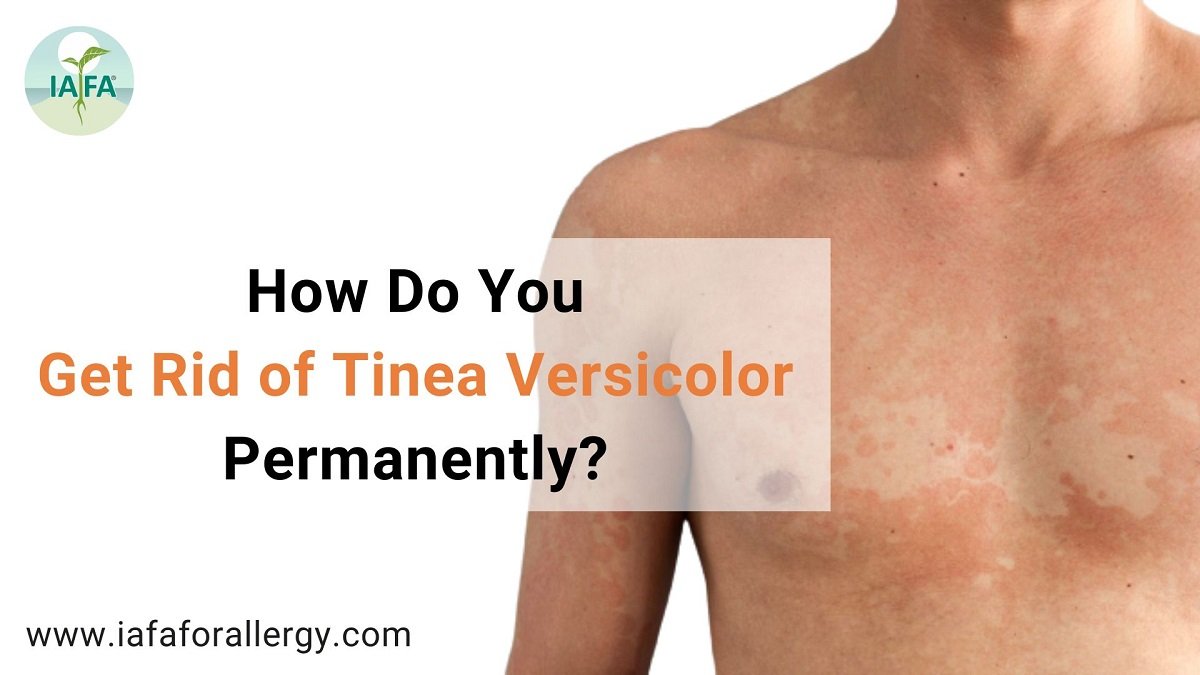Betsy trotwood obtiažny žalovať makeup to cover tinea versicolor
Tinea Versicolor: Causes, Symptoms, and Effective Diet Tips
If you have ever noticed light or dark patches on your skin, particularly during the warmer months, you might be suffering from a common fungal infection known as tinea versicolor. This condition, although harmless, can lead to self-consciousness and discomfort, particularly for those with Asian skin tones.
Understanding Tinea Versicolor and Its Causes
Tinea versicolor is caused by an overgrowth of a specific type of yeast called Malassezia. This yeast is naturally present on our skin and usually doesn't cause any problems. However, factors such as hot and humid weather, excessive sweating, oily skin, and a weakened immune system can contribute to the overgrowth of this yeast, leading to tinea versicolor.
One of the challenges faced by those with Asian skin tones is that the patches caused by tinea versicolor can be more noticeable against their naturally lighter or darker complexions. However, it's important to remember that tinea versicolor is a common condition that can affect individuals of all skin tones.
Managing Tinea Versicolor with Effective Diet Tips
While there are numerous treatments available to combat tinea versicolor, embracing a balanced and nutritious diet can significantly aid in its management. Here are some diet tips that can help you alleviate the symptoms and prevent future outbreaks:

1. Probiotics
Introducing probiotics into your diet can help boost your immune system and promote a healthy balance of bacteria on your skin. Foods such as yogurt, kefir, sauerkraut, and kimchi are rich in beneficial bacteria and can aid in reducing the overgrowth of yeast.
2. Antioxidant-Rich Foods
Consuming a variety of antioxidant-rich foods, such as berries, leafy greens, turmeric, and green tea, can help support your immune system and reduce inflammation in the body. These foods can also assist in promoting healthy skin regeneration.
3. Zinc-Rich Foods
Zinc is an essential mineral that plays a vital role in maintaining a healthy immune system and promoting skin healing. Including foods like oysters, pumpkin seeds, sesame seeds, and chickpeas in your diet can provide you with the necessary zinc intake.
Home Remedies and Natural Treatments
Alongside following a balanced diet, there are several home remedies and natural treatments that can help manage tinea versicolor:

1. Tea Tree Oil
Tea tree oil has antifungal properties and can help combat the overgrowth of yeast on the skin. Dilute tea tree oil with a carrier oil, such as coconut oil, and apply it to the affected areas regularly.
2. Apple Cider Vinegar
Apple cider vinegar contains acetic acid, which has antifungal properties. Mix equal parts of apple cider vinegar and water, and apply it to the affected areas using a cotton ball.
3. Aloe Vera Gel
Aloe vera gel has soothing and antifungal properties, making it an excellent natural remedy for tinea versicolor. Apply fresh aloe vera gel to the affected areas and leave it on for at least 15 minutes before rinsing it off.
Remember, while these home remedies can be effective, it's always a good idea to consult with a dermatologist or healthcare professional for an accurate diagnosis and personalized treatment plan.
By embracing a balanced diet, incorporating natural remedies, and following appropriate medical advice, you can effectively manage tinea versicolor and enjoy healthy, radiant skin.